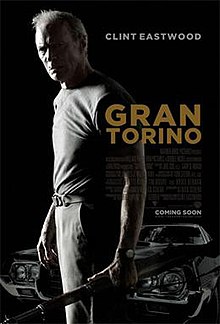English is the third most natively spoken language in the world, but it is also the language that has been most widely dispersed around the world. In other parts of the world than the Angelo-American core area, the language is spoken in many different ways. Each country who had adopted English as a second language has a different dialect. In this blog post I will write about the language varieties in Singapore, Hong Kong and South Africa. Even though both Singapore and South Africa is listed as an Angelo-American core area, I don’t consider them as such. That is why I have chosen to write about them, as well.
In Singapore there are two main forms of English spoken. The forms are “standard Singapore English” and “Singapore colloquial English” or “Singlish”. The first form is mostly spoken by reasonably educated people. The grammar of this form of English is very similar to the British English. Singlish, on the other hand is not so commonly used. It is often regarded with low prestige in Singapore.
Singapore is a city that contains many different ethnic groups and cultures. They all speak different languages as their first language and because of this the English fluency level varies a lot among the residents in Singapore. It also means that even within Singapore there is a wide range of different English accents.
South Africa also has different forms of English. They divide them into three groups, the cultivated, the general and the broad. These forms of English are linked with the different classes in the society. The higher class speaks the cultivated form of English, the middle class speak the general form and the broad form is spoken by the working class. In South Africa the pronunciation of English is similar to the one in southern England. They speak in a non-rhotic way, which means that they don’t speak with hard consonants.
In Hong Kong there are two types of English spoken. First there are the varieties of English accents spoken in the territory. They use mostly British spellings, but some vocabularies have origin in India and Malay. The second type of English is also called Cantonese English. It is not only spoken in Hong Kong, but everywhere where there are people whose first language is Cantonese. You can say that it refers to the accent and characteristics of English spoken by native Hongkongers and other Cantonese speakers.
Sources:





